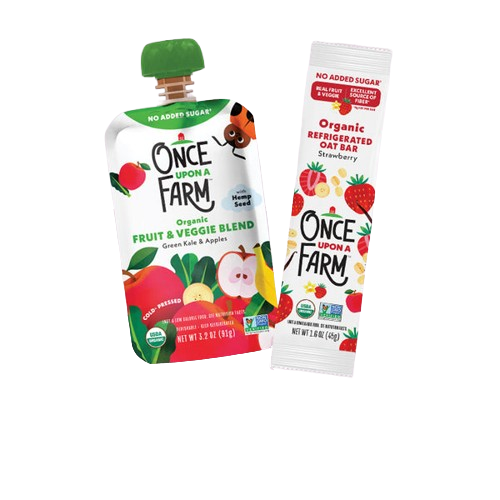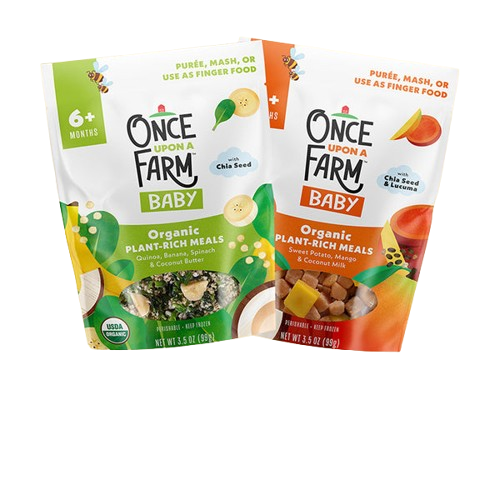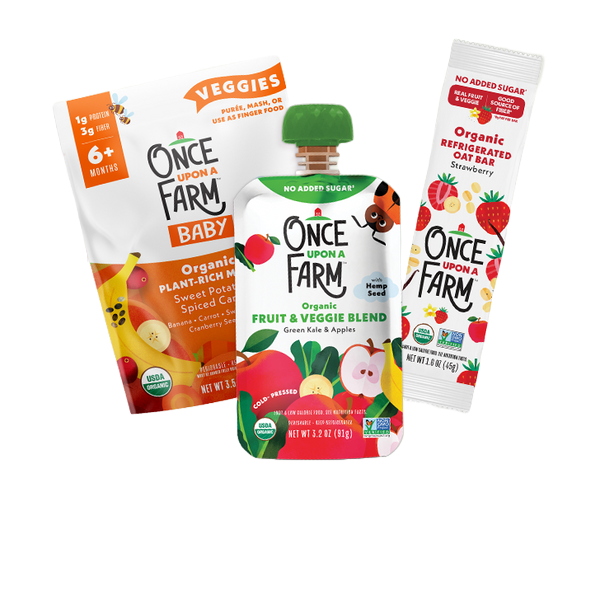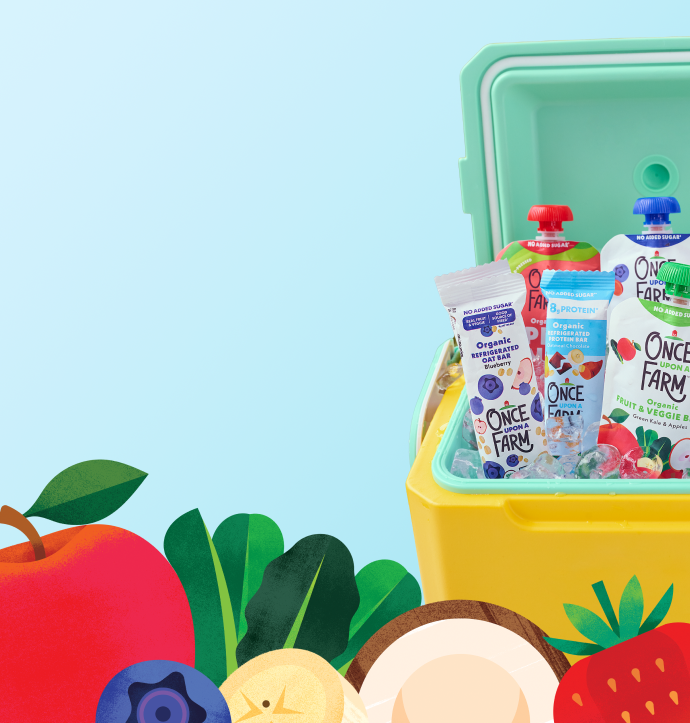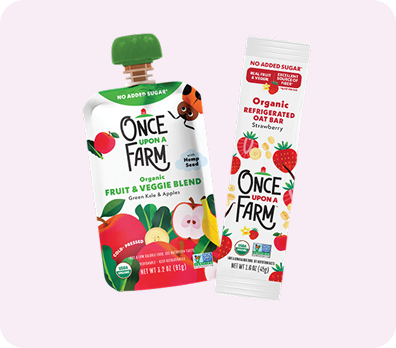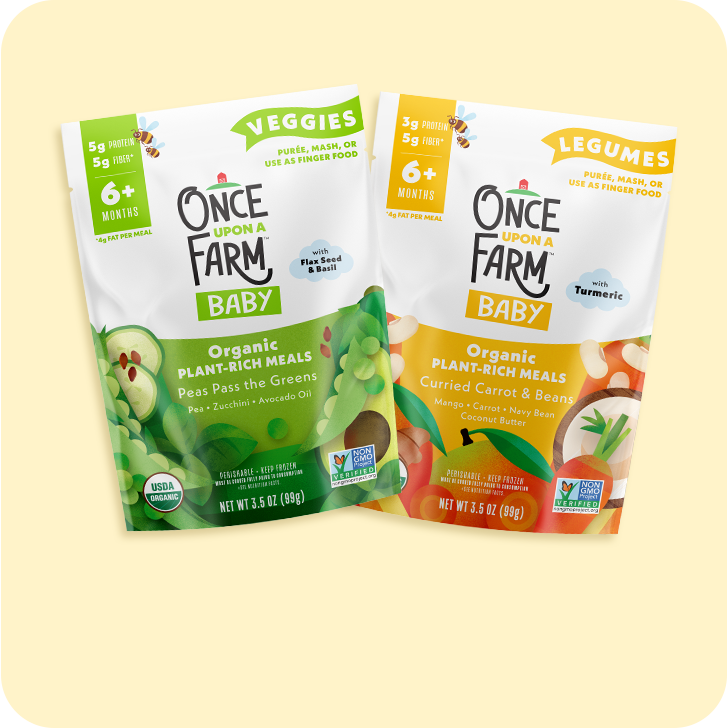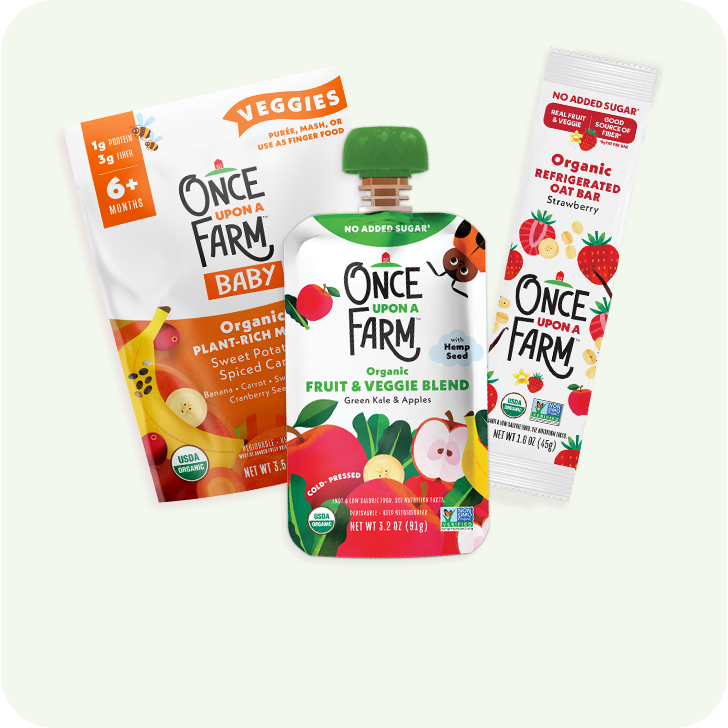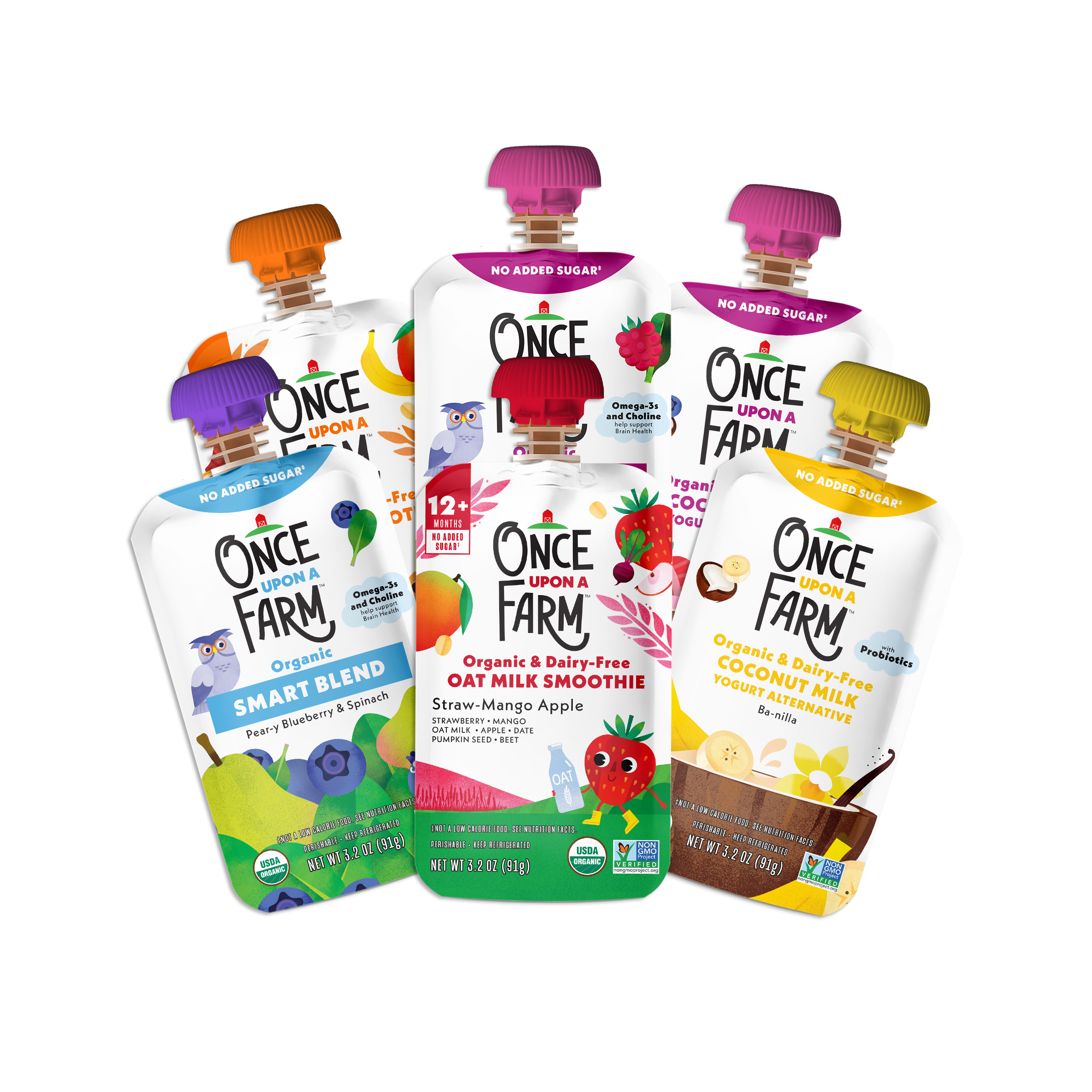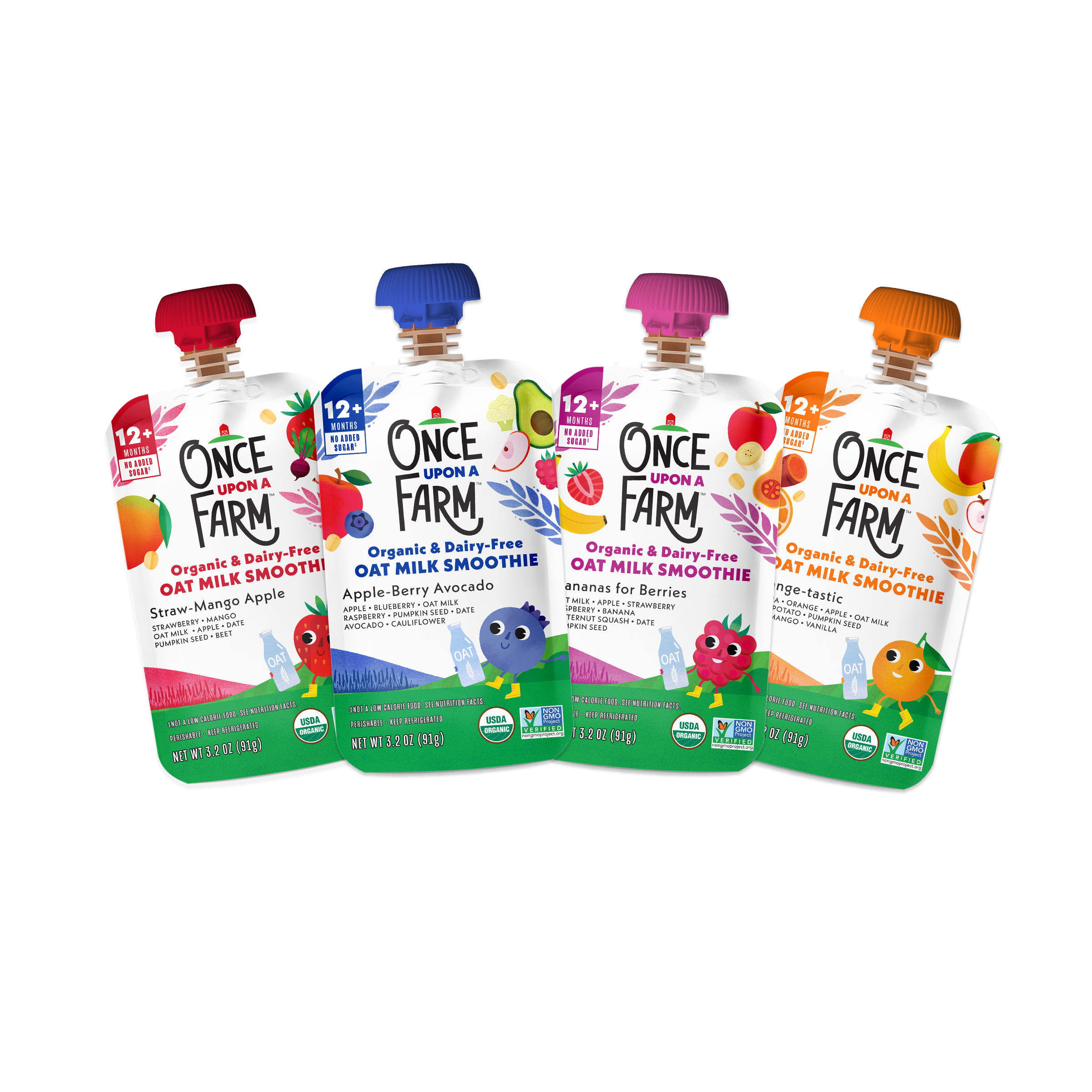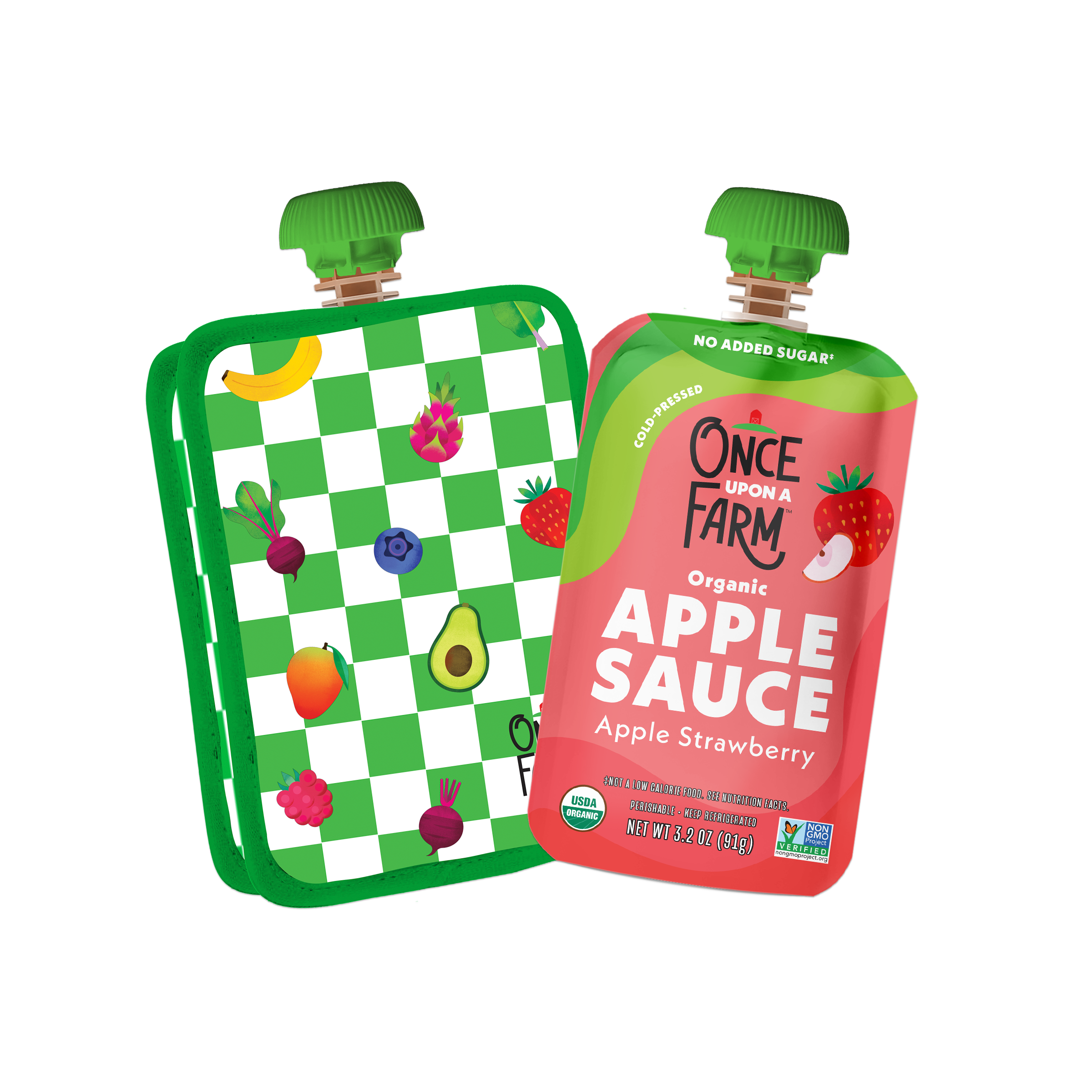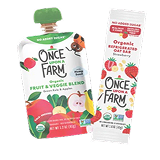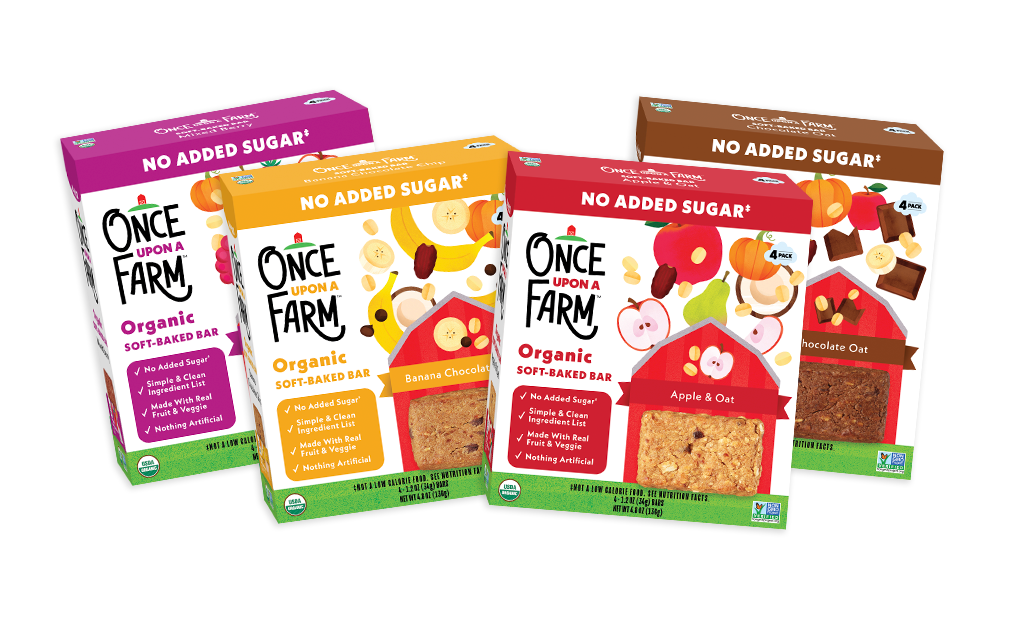Almond, soy, oat, macadamia, pea protein—the list of non-dairy milk options seems to be forever growing. So much that it can sometimes feel like dairy is the bad choice. But in reality, dairy has many benefits for kids (and for us). Let’s discuss!
Benefits of Dairy
“Cow’s milk provides a great balance of macronutrients (fat, protein, and carbohydrates), and has no added sugars” (like so many of the non-dairy milks have), Board-certified pediatrician Joanna Fraser, MD tells us it is an excellent source of calcium and most milk is fortified with vitamin D “Both calcium and vitamin D are essential for bone growth. Vitamin D is also important for the function of the immune system.” Pediatric Registered Dietitian Nutritionist Kacie Barnes, MCN, RDN, LD adds that dairy products are a great complement to a varied diet. Additionally, she notes, “Dairy products are usually well-liked by kids, which makes them a win-win!”
Great Sources of Dairy
The most obvious source of dairy for kids is cow’s milk. Barnes shares, “Parents often find that cow’s milk is an easy and well-liked transition after the breastmilk or formula stage wraps up.” Dr. Fraser adds that the best sources of dairy are those that are free from added sugars (or have very little added sugar), artificial preservatives, or flavors. Other great dairy options include yogurt (Barnes likes Greek yogurt for its high protein content), kefir, smoothies, all sorts of cheeses, and cottage cheese (just be sure to look for a low sodium option, Dr. Fraser reminds us). Barnes even offers that “Some of the higher fat options like butter and ice cream still provide some protein and vitamins/minerals.”
Best Cow’s Milk by Age
For babies/toddlers, Barnes says, “I always recommend whole milk if/when parents are transitioning to cow’s milk around the age of one.” That’s because these kiddos really benefit from the added fat. “It’s good for brain development and there’s just no need to be limiting fat at this stage.” After age 2, she says, “I usually advise people to just go with whatever their family likes.” Again, she explains, there’s no need to really limit fat at this age. “I find that most kids do great with whole or 2% milk.” If you have a picky eater, she says, “I’d opt for whole milk to get as much nutritional bang for your buck!”
Should Dairy be Limited for Kids?
In general, Dr. Fraser tells us, “For children ages 1–9 years old, milk intake should be limited to no more than 16 oz (2 cups) per day.” More than this can limit kids’ appetites for other nutrient-dense foods. “Drinking more than 24 oz per day can also increase the risk of iron-deficiency anemia.” Another potential downside of too much milk is constipation.
Is Organic Milk Really Better than Regular Milk?
Grass-fed dairy is slightly higher in naturally occurring omega-3 fatty acids, Barnes explains. These are essential fatty acids that we need to consume in the diet. They have tons of functions in the body, including promoting heart health and cellular health. “Some organic milks are fortified with DHA, a specific type of omega-3 fatty acid, which supports brain and central nervous system health and development.” She likes this option, especially for toddlers, who are in a stage of rapid growth and development. However, she stresses, “the best milk for your family is the one your family will drink.” Organic or regular, find the option that works best for you.
Here at Once Upon a Farm, we support families making the right choices for them. We recognize the many benefits of dairy for kids. As such, after 9 years, we are thrilled to add this nutritious, flavorful ingredient—with its ultra-creamy texture—to some of our new innovations. This is in addition to our many popular dairy-free products, ensuring we have great options for everyone. We are excited, and we hope you are, too!

